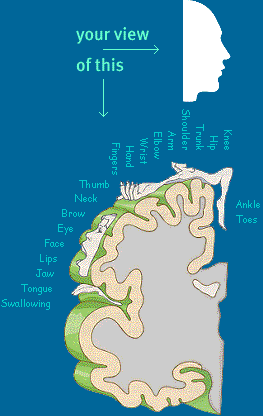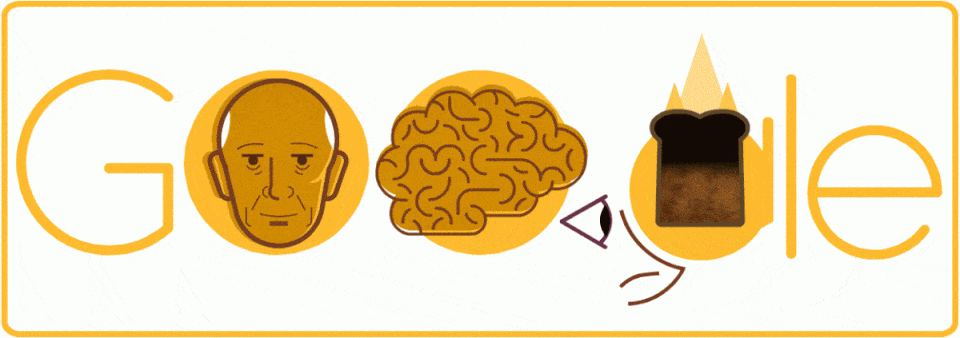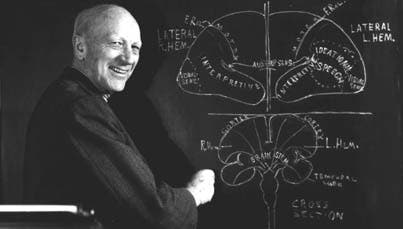Today’s Google Doodle celebrates the 127th birthday of Wilder Penfield, a Canadian neurosurgeon famous for developing a ground-breaking treatment for epilepsy called the Montreal Procedure.
In the 1930s, while working at the Montreal Neurological Institute at McGill University, Penfield was seeing a patient who reported smelling burned toast just before her seizures. Most people suffering from epilepsy have so-called ‘auras’ — sensorial hallucinations in the form of smell, taste, or thought — that systematically occur before an epileptic episode.
It was at that moment that Penfield had a stroke of genius. He realized that he could use such a hallucination to pinpoint the part of the brain that was causing seizures.
Penfield opened the patient’s skull, who was under local anesthetic — but nonetheless completely awake as cooperation was essential — then asked her what she heard, smelled, or saw each time some area of the brain was stimulated. Penfield used electrodes to send mild electric shocks to one area of the brain after another until the patient exclaimed: “I smell burned toast!”. Bingo!
It was then only a matter of removing the small piece of brain tissue which produced the ‘aura’ when stimulated. After the small brain tissue was removed, the patient never had a seizure again. It was truly a groundbreaking moment in medicine!
There are, of course, various types of seizures and this procedure doesn’t work for everyone. Nevertheless, Penfield went on to perform numerous such surgeries, helping countless patients treat their epilepsy.
What’s more, Penfield’s surgeries not only treated the debilitating effects of epilepsy, they also revealed numerous insights about how the human brain works. While probing nerve cells in the hippocampus, the region of the brain responsible for memory formation and storage, some patients would report vivid and complex recollections of past events. For one patient, Penfield triggered a familiar song that sounded so clear, the patient thought it was being played in the operating room. Thus, simply reactivating nerve cells in the hippocampus can induce memory recall, something MIT scientists confirmed without a doubt in 2012.
https://twitter.com/Passport2017/status/816758198917021697
Penfield also charted a map of the brain’s functions. He found that electrical stimulation could trigger the urge to move or the expectation of a movement, without actually triggering any movement itself. For instance, a patient might report various sensations, from vague feelings like the “need to do something with right hand” to very specific movement intentions such as the “urge to move right thumb and index finger.” With this information, Penfield drew a detailed map of where sensory and motor functions happen in the brain.

This image displays a brain that has been sliced lengthwise, dividing the front and back halves, viewed from the back. The cartoon-like drawings in the illustration show how much of the brain’s motor cortex is devoted to controlling specific body parts. The reason that some body parts are depicted larger than others (for example, the hand is larger than the shoulder) is that there are more muscles controlling those areas. Credit: PBS.
Penfield died in 1976 but his legacy lives on. His contributions to modern neuroscience raised Canada’s status in healthcare, science, and discovery. Not lastly, his work offered gave epileptic people a chance at a better life.











